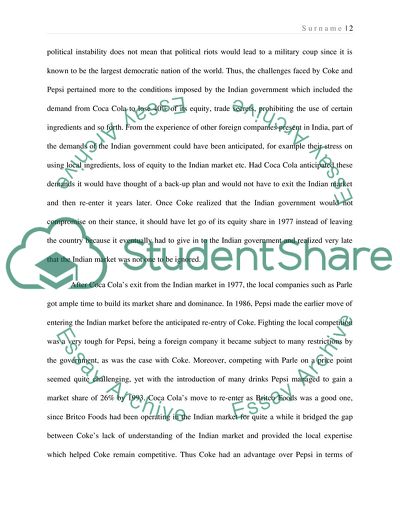Cite this document
(Coke and Pepsi Competition for Indian Market Case Study, n.d.)
Coke and Pepsi Competition for Indian Market Case Study. https://studentshare.org/marketing/1580893-case-study-analysis-coke-and-pepsi-learn-to-compete-in-india
Coke and Pepsi Competition for Indian Market Case Study. https://studentshare.org/marketing/1580893-case-study-analysis-coke-and-pepsi-learn-to-compete-in-india
(Coke and Pepsi Competition for Indian Market Case Study)
Coke and Pepsi Competition for Indian Market Case Study. https://studentshare.org/marketing/1580893-case-study-analysis-coke-and-pepsi-learn-to-compete-in-india.
Coke and Pepsi Competition for Indian Market Case Study. https://studentshare.org/marketing/1580893-case-study-analysis-coke-and-pepsi-learn-to-compete-in-india.
“Coke and Pepsi Competition for Indian Market Case Study”. https://studentshare.org/marketing/1580893-case-study-analysis-coke-and-pepsi-learn-to-compete-in-india.


